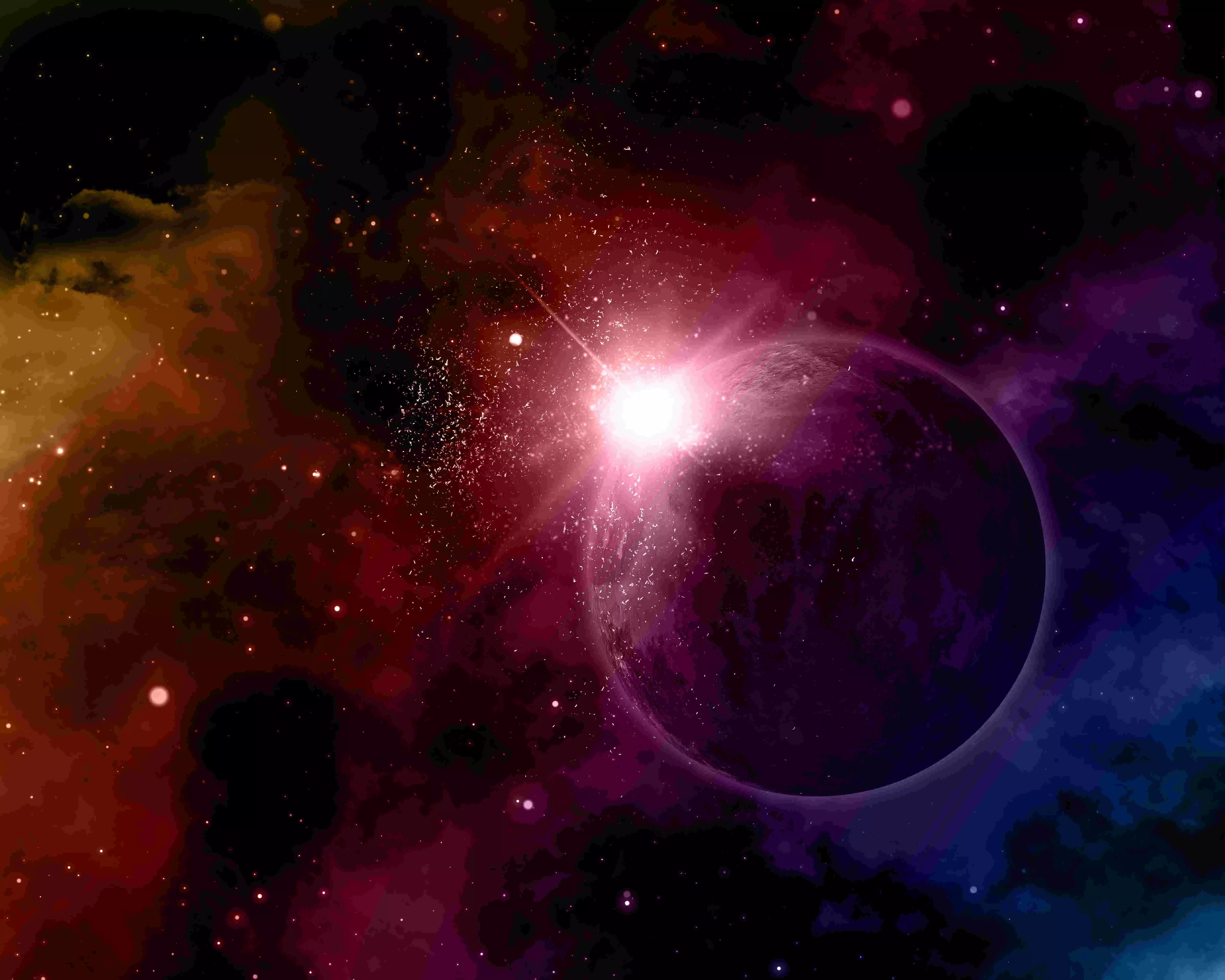First Chandra Grahan and Holi overlap: All you need to know
The clash of first Chandra Grahan with Holi on 25th March has sparked numerous questions in people's minds. While this upcoming celestial event is surely one-of-a-kind, it will have no bearing on the Holi festival.
image for illustrative purpose

With Holi around the corner and people looking forward to all the celebrations filled with vibrant hues and sweet treats, there is one constant thought that is bugging everyone's mind. It's the coinciding of this spirited celebration with the year's first lunar eclipse, a celestial event that adds an intriguing twist to the festive mood. This penumbral eclipse possesses legendary importance in Hindu folklore. Despite being traditionally linked to customs and limitations, this eclipse will not impact the Holi festivities. Thus, for all those gearing up for the festival of colours, they can go on making their plans without stressing about the lunar eclipse impacting the scope of their celebrations.
The celestial marvel Chandra Grahan will be witnessed on March 25, 2024, which also happens to be the auspicious festival of Holi. In fact, the year 2024 is poised to witness two lunar eclipses, with the first one taking place on 25th March and the other one on 18th September.
Understanding the Penumbral Lunar Eclipse
With 25th March all set to witness a penumbral lunar eclipse, people's curiosity and excitement in this rare celestial event have significantly increased. When the moon passes through the penumbra or the dim outer region of the earth's shadow, a lunar eclipse of this type occurs. This kind of eclipse is less dramatic than others since it just casts a minor shading on the moon's surface rather than a full shadow, making it easy to miss. This year's penumbral lunar eclipse will begin at 10:24 a.m., peaks at 12:43 p.m. and ends at 3:01 p.m.
Will India witness this unique celestial event?
While this celestial event is surely coinciding with the auspicious festival of Holi, Indians will not be able to witness it as the event is scheduled to occur during daytime hours when the moon is below the horizon. However, this penumbral shadow's route will pass through the following countries: USA, Japan, Switzerland, Netherlands, France, South Norway, Italy, Portugal, Belgium, Spain, England, and South Africa.
The Sutak period and its impact on Holi celebrations
Coinciding with Holi, the penumbral Chandra Grahan reflects the festival's concept of renewal and change. Eclipses hold great cultural and religious significance in India, where they are frequently linked to unfavourable periods and observed with rituals and limitations throughout the 'Sutak' period. This period begins nine hours before the eclipse and prohibits the execution of religious activities or the commencement of any auspicious task. The Sutak time, however, would be ruled invalid because the lunar eclipse on March 25th will not be visible in India. Thus, all religious activities and celebrations will be carried out without any impending restrictions. This comes in as pleasant news for all the festival enthusiasts, looking forward to Holi celebrations.
Make the most of Holi!
While Chandra Grahan is surely coinciding with Holi, there is nothing to fear as the eclipse will not be witnessed in India, exempting the festival and accompanying celebrations from any sort of restrictions. So, let the vibrant colours within you and the vivid colours of Holi unfurl, marking the victory of good over evil.

